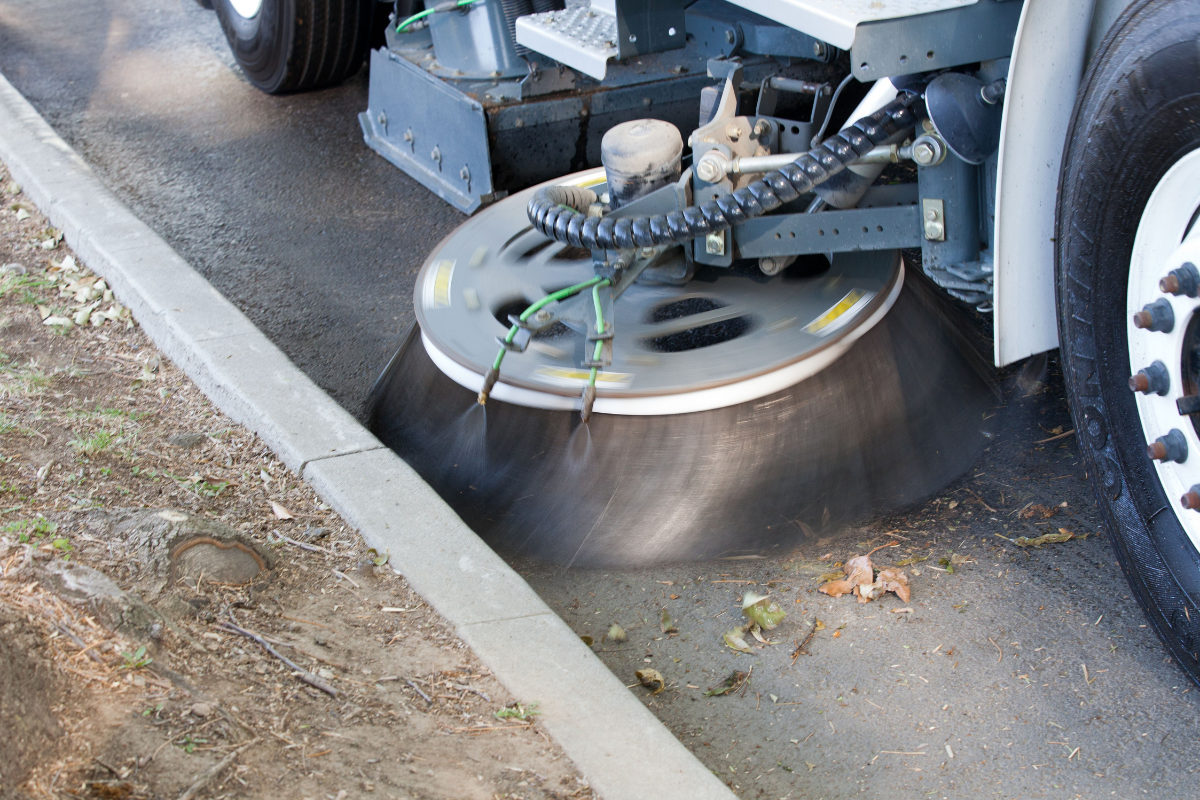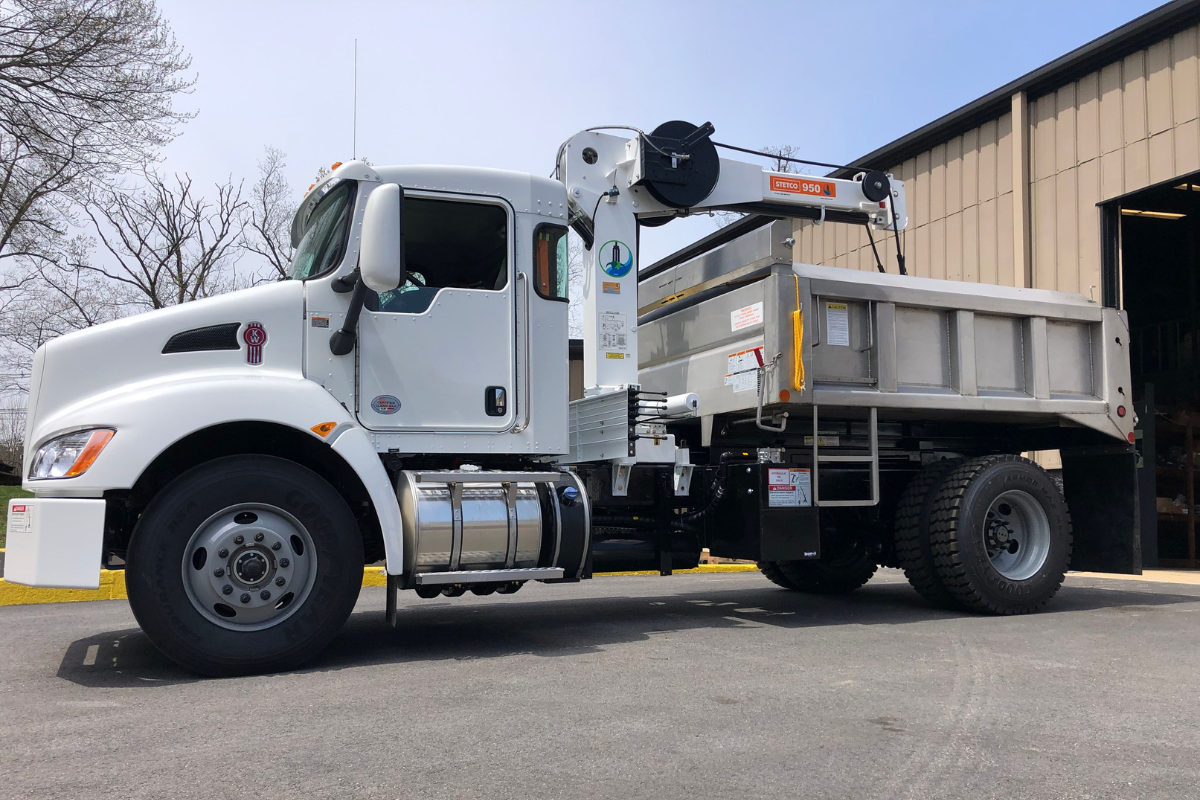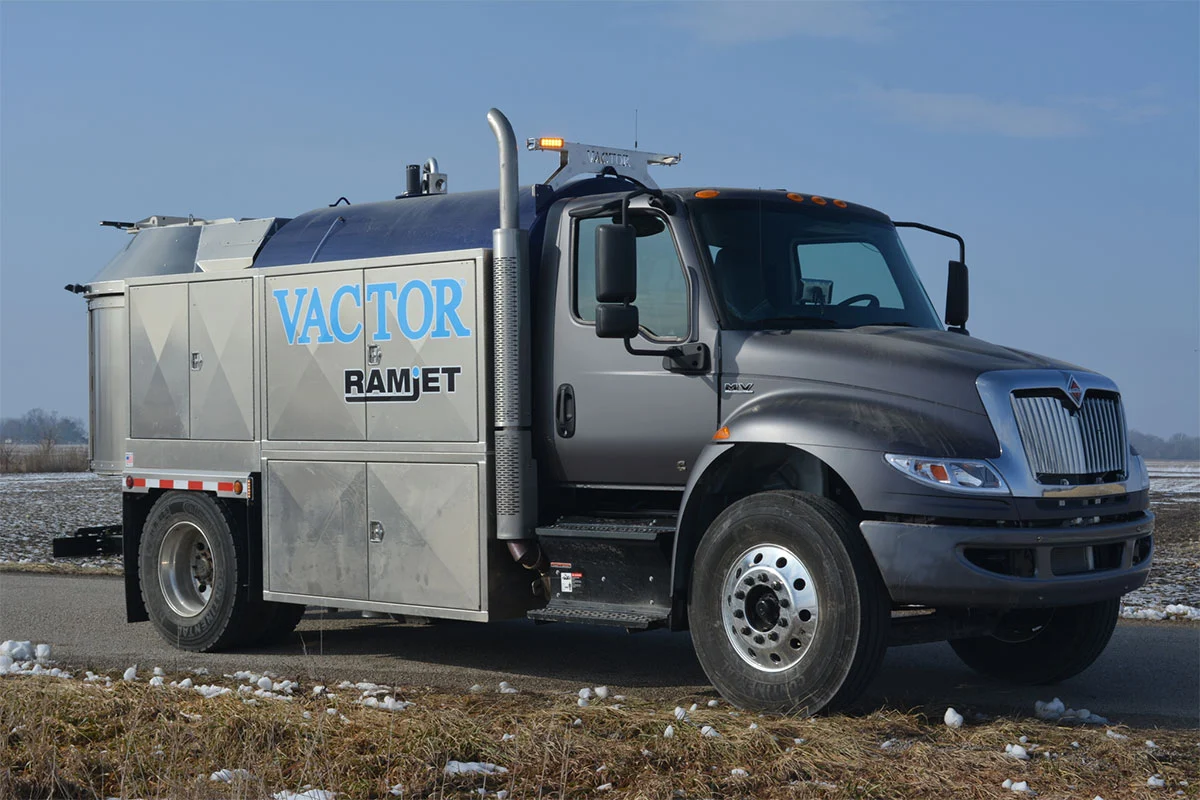One of the most practical ways to reduce water and air pollution is to literally sweep it off the streets. Elgin’s street sweepers are one of the most valuable tools we have in the fight against pollution. Here are some of the most frequently-asked questions we are asked about this important topic:

Can all street sweepers remove fine particulates?
Yes! It’s not just filtered regenerative air sweepers that remove fine particulates from street surfaces — all sweepers can remove them, regardless of if they have filter systems.
What kind of sweepers are best for pollution control?
Any functioning sweeper can remove pollution, including wet dust control mechanical sweepers. Our Elgin street sweepers remove a minimum of 85% and a maximum of 97% of pollutants normally found in streets.

How should I used my street sweeper to prevent pollution?
The answer depends on the particular type of pollution you are trying to prevent. If water pollution is your greatest concern, we recommend sweeping prior to rain events, sweeping in areas where there is dirt and sweeping often. We also recommend sweeping dry to remove fine particulates.
To reduce air pollution, we recommend choosing sweepers with single-engine technology or a low emission auxiliary engine. Sweeping often is important, and we recommend sweeping where the dirt is for best results.

What about storm water quality? Can sweepers improve that too?
Yes! The more you sweep, the more debris is removed, thus improving storm water quality. Street sweeping is a cost-effective technique for removing debris, and it effectively removes pollutants before they have a chance to enter storm water.
To learn more about our Elgin street sweepers and how they can reduce air and water pollution in your area, contact the team at Haaker today!




